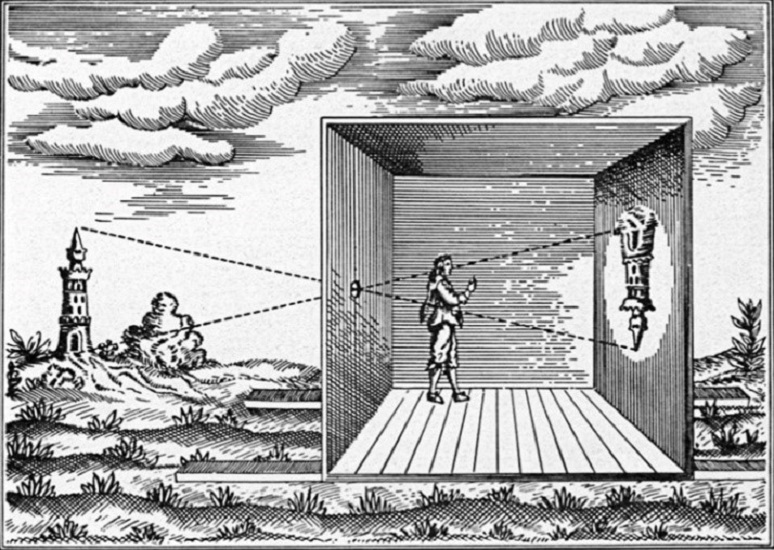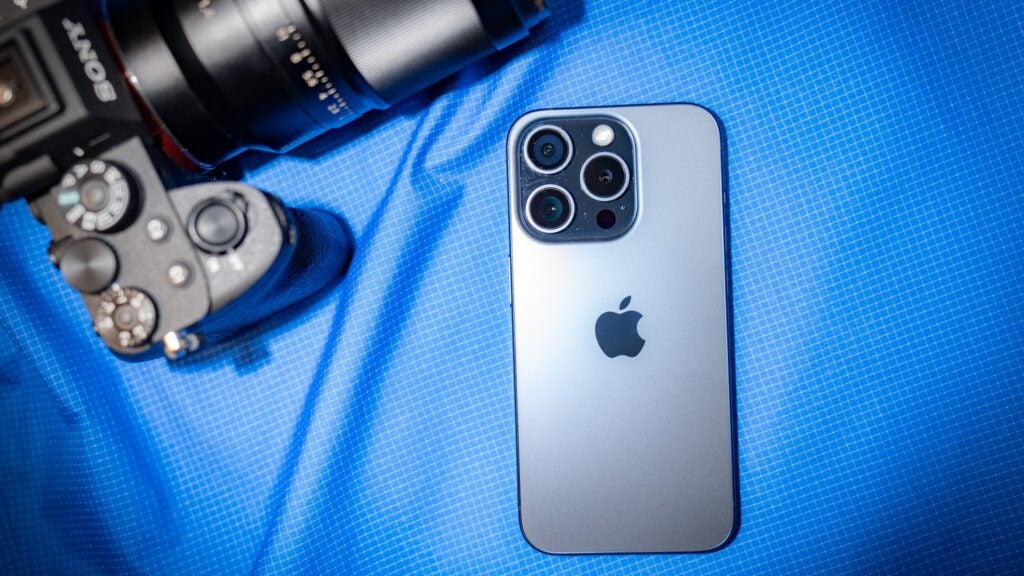From the foundation of photography to today's revolutionized digital mirrorless camera, a new world of documentation has been born, where communication and artistic expression have advanced across every level of our lives and culture today.
 |
| Courtesy of Black Creek Pioneer Village |
While this is clearly not a camera as defined by today's technological standards, the Camera Obscura laid the foundation for the development of later image capture tools. Practical photography originated in the early 19th century when French Photographer and Artist Louis Daguerre discovered the daguerreotype in 1839. Having to use heavy chemicals such as mercury and iodine, it was a rather difficult process.
| Original Kodak Camera, circa 1888 Courtesy of the National Museum of American History |
Kodak Revolution: The biggest evolution of photography came a little later on when American Entrepreneur George Eastman introduced the Kodak camera in 1888. His innovation used flexible film instead of glass plates. His early cameras were pre-loaded with a roll of film that could take 100 photographs. Once fully used, the camera was returned back to Kodak for developing and reloading. This user-friendly design meant that those of limited or no photographic experience could shoot and freeze moments in history, making what was a professional art around the world.
The Digital Transformation: The most significant transformation that has ever happened throughout the history of photography was the invention of the digital camera. From film to digital imaging, it changed the entire concept of how we capture an image and then distribute it. Developed by Kodak, the Kodak DCS 100 was made available in 1991 as the world's first ever commercial digital camera and thus initiated yet another new age for photography. As we all know, digital cameras use electronic sensors for capturing images, rather than film strips. This technology enables a person to view the captured photograph, edit it with ease, store it efficiently, all in the matter of seconds. When compared to film, it must be developed and processed, which can take days. The advantages of digital technology were soon evident: instant feedback or the convenience of looking at your work, as well as being able to take a countless number of photos without concern for storage, and most importantly, ease of distribution by online media. The
Revolution of Cameras on Smartphones:
 |
| iPhone 15 with a Sony Mirrorless above. Photo by Jakob Schiller |
Challenges and Considerations: With the advantages of digital photography, it also brings a vast number of concerns regarding privacy and the effects of constant image-sharing on mental health. Cameras in public spaces and online create several problems related to surveillance and personal privacy. Also, putting pressure on showing life in a highlighted form on social networking sites affects self-esteem and well-being. From the early camera obscura to today's advanced digital devices, the development of the camera has been nothing less than an insane journey of tech improvements and cultural transition. Digital photography alone has transformed the way we capture, distribute, and relate to images in such an entwined manner within the fabric of our lives. In building and adapting our way ahead in life, the camera will continue to play its authoritative role in documenting our world.


No comments:
Post a Comment